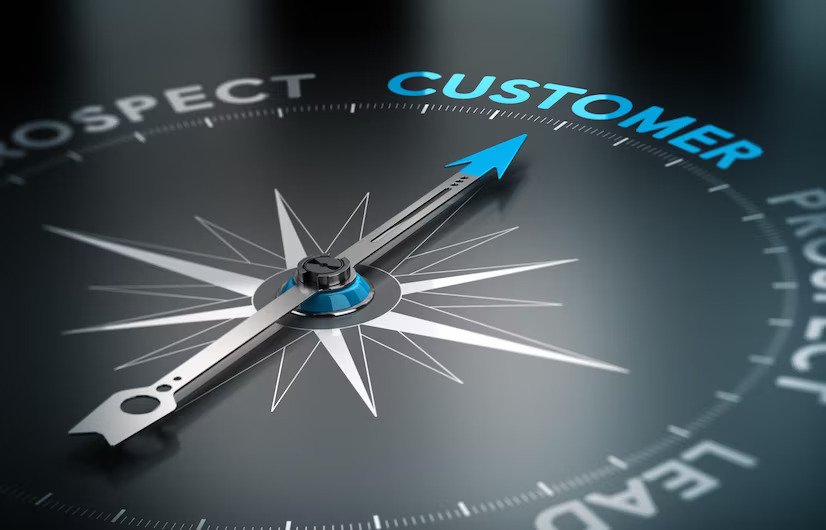How To Know If Someone Blocked You On iMessage? 5 Secret Hacks!
Apr 16, 2025

Apr 16, 2025

Apr 16, 2025

Apr 15, 2025

Apr 11, 2025

Apr 11, 2025

Apr 11, 2025

Apr 08, 2025

Mar 29, 2025
Sorry, but nothing matched your search "". Please try again with some different keywords.

In today’s competitive business landscape, acquiring new customers is crucial for the success of any company.
However, in developing a customer acquisition strategy, it is essential to consider various factors, including the costs involved. This article aims to examine the concept of Customer Acquisition Cost (CAC) and its role in effective business management. You can also try the free version of this tool.

Customer Acquisition Cost (CAC) is a key metric that plays a vital role in the success of businesses across various industries. Understanding and effectively managing CAC is essential for optimizing marketing strategies and ensuring sustainable growth. CAC is the cost incurred by a company to acquire a new customer. It takes into account all the expenses associated with attracting and converting a prospect into a paying customer.
These expenses include marketing and advertising costs, sales team salaries, commissions, and any other relevant expenses. Calculating CAC involves dividing the total acquisition costs within a specific period by the number of new customers acquired during that same period. This calculation provides valuable insights into the efficiency and cost-effectiveness of a company’s customer acquisition efforts.
Several factors influence CAC, and they can vary significantly across industries. For instance, industries with high competition and saturated markets tend to have higher CAC values. Additionally, factors like target audience demographics, marketing channels utilized, customer conversion rates, and average order value can all impact CAC.
Determining an optimal Customer Acquisition Cost (CAC) level is crucial for businesses aiming to maximize their return on investment and drive sustainable growth. By setting a target CAC, companies can establish benchmarks and evaluate the effectiveness of their customer acquisition strategies. Assessing the effectiveness of customer acquisition strategies based on CAC allows businesses to identify areas of improvement and make data-driven decisions.
By comparing the actual CAC with the target level, companies can determine if their acquisition efforts are efficient or if adjustments are needed. If the actual CAC exceeds the target, it may indicate inefficiencies in marketing channels, sales processes, or customer targeting, prompting businesses to reevaluate and optimize their strategies accordingly. CAC also has a significant impact on a company’s long-term profitability. Achieving a lower CAC means acquiring customers at a lower cost, which can result in higher profit margins and improved financial performance.
Additionally, optimizing CAC helps businesses allocate their resources effectively and focus on acquiring high-value customers who are more likely to generate repeat purchases, increase customer lifetime value, and contribute to sustained revenue growth.

In conclusion, understanding and optimizing Customer Acquisition Cost (CAC) is essential for businesses seeking to thrive in the competitive landscape.
By delving into the intricacies of CAC, companies can make informed decisions that positively impact their marketing strategies and overall customer base management. Through this article, we have examined the significance of CAC as a key metric in evaluating the effectiveness of customer acquisition strategies.
Determining an optimal CAC level helps businesses set benchmarks and assess the efficiency of their acquisition efforts. By comparing actual CAC with target levels, companies can identify areas for improvement and make data-driven adjustments to optimize their strategies.
Read Also:
Arnab is a professional blogger, having an enormous interest in writing blogs and other jones of calligraphies. In terms of his professional commitments, He carries out sharing sentient blogs.
View all Posts
How To Know If Someone Blocked You On iMessag...
Apr 16, 2025
7 Website Design Mistakes That Are Hurting Yo...
Apr 16, 2025
Programmable Dynamic SEO for Location-Based P...
Apr 15, 2025
Google Boba Game: How To Play This Fun Game B...
Apr 11, 2025
Which Is The Best Video Search Engine Of 2025...
Apr 11, 2025


